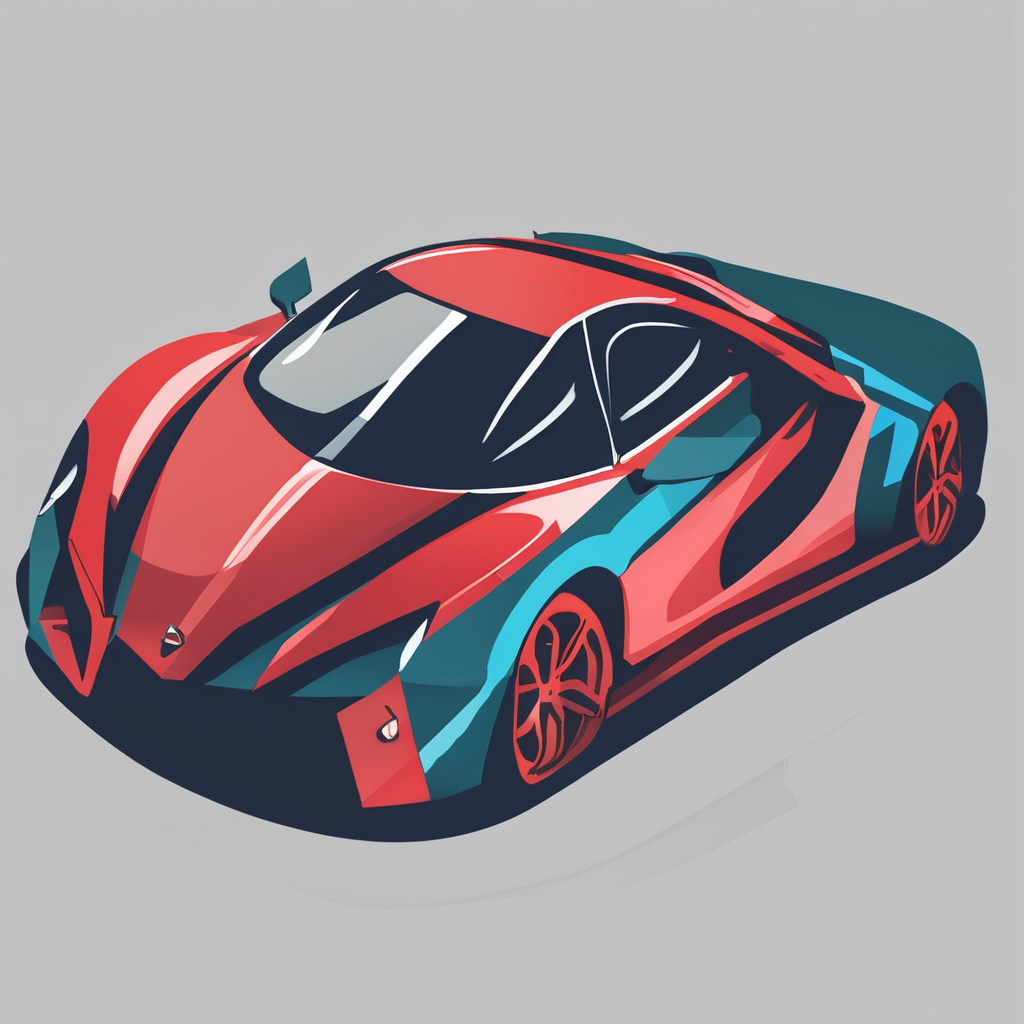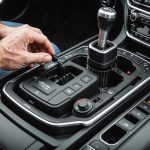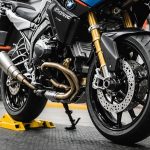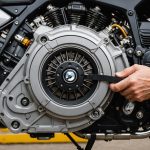Ultimate Drift Dynamics: Your Essential Guide to Safely and Legally Enhancing Your UK Car for Peak Drift Performance
Understanding Drift Dynamics
Before you embark on the journey of transforming your car into a drift machine, it’s crucial to understand the fundamentals of drift dynamics. Drifting involves deliberately sliding the vehicle sideways through a turn, a technique that requires precise control over the car’s speed, angle, and traction.
Drifting is not just about speed; it’s about control and finesse. Here’s what you need to know:
Also to see : Explore japan’s iconic daikoku car meet for automotive fans
- Speed and Angle: The key to successful drifting is finding the right balance between speed and the angle of your car. Too much speed can make the car uncontrollable, while too little speed might not generate enough momentum for a smooth drift.
- Traction: Traction is vital for initiating and maintaining a drift. This involves understanding how your car’s tires interact with the road surface and how to manipulate this interaction through steering, braking, and throttle control.
- Vehicle Setup: The setup of your car, including suspension, differential, and tire choice, plays a significant role in its drift performance. A well-tuned car can make drifting easier and more enjoyable.
Choosing the Right Car
Not all cars are created equal when it comes to drifting. Here are some factors to consider when selecting or modifying your car for drift performance:
Key Characteristics of a Drift Car
- Rear-Wheel Drive (RWD): Drifting is typically done with RWD cars because they allow for easier loss of traction at the rear wheels.
- High Power-to-Weight Ratio: A car with a good balance of power and weight is ideal for drifting. This ensures that the car can accelerate quickly and maintain speed through turns.
- Manual Transmission: A manual transmission provides more control over the car, which is essential for drifting.
- Limited Slip Differential: A limited slip differential helps in distributing power evenly between the rear wheels, making it easier to initiate and maintain a drift.
Popular Drift Cars
| Car Model | Power-to-Weight Ratio | Transmission | Differential |
|---|---|---|---|
| Nissan 350Z | High | Manual | Limited Slip |
| Toyota 86 | Balanced | Manual | Limited Slip |
| BMW E30 | High | Manual | Limited Slip |
| Mercedes AMG C63 | High | Manual/Auto | Limited Slip |
Modifications for Peak Drift Performance
To enhance your car’s drift performance, several modifications can be made. Here are some key areas to focus on:
In the same genre : Ultimate guide to suspension maintenance: identify and repair wear in uk cars
Suspension and Chassis
- Stiffer Springs and Dampers: These help in maintaining better control over the car’s body roll and pitch, which is crucial for stable drifting.
- Adjustable Coilovers: These allow you to fine-tune the suspension settings to suit different driving conditions.
- Chassis Bracing: Adding chassis bracing can improve the structural integrity of the car, making it more stable during aggressive driving.
Engine and Transmission
- Engine Tuning: Increasing the power output of your engine can enhance your car’s acceleration and speed, making it more suitable for drifting.
- Lightweight Flywheel and Clutch: These components reduce the rotational mass of the engine, making it easier to control the car’s speed and acceleration.
- Short Shifter: A short shifter reduces the throw of the gear lever, allowing for quicker gear changes.
Braking System
- High-Performance Brake Pads: These provide better braking performance, which is essential for controlling speed before entering a drift.
- Upgraded Brake Rotors: Larger or ventilated brake rotors can improve heat dissipation, reducing the risk of brake fade during repeated hard braking.
Tires and Wheels
- High-Grip Tires: Tires with a high grip coefficient are essential for initiating and maintaining a drift. However, they should not be too grippy, as this can make the car difficult to slide.
- Lightweight Wheels: Lightweight wheels reduce the unsprung mass of the car, improving its handling and responsiveness.
Safety First: Essential Safety Modifications
Safety should always be your top priority when modifying your car for drifting. Here are some essential safety modifications:
Roll Cage and Seat Belts
- Roll Cage: A roll cage provides structural protection in the event of a rollover.
- 4-Point or 6-Point Seat Belts: These ensure that you are securely fastened into the car during aggressive driving.
Fire Suppression System
- Fire Extinguisher: A fire suppression system can save lives in the event of an engine or electrical fire.
Protective Gear
- Helmet and HANS Device: Always wear a helmet and a HANS (Head and Neck Support) device to protect your head and neck from injury.
- Fire-Resistant Suit and Gloves: These provide additional protection in case of a fire or other accident.
Legal Considerations in the UK
Before you start modifying your car, it’s important to ensure that all modifications comply with UK laws and regulations.
Type Approval and MOT
- Type Approval: Ensure that any modifications do not violate the car’s type approval. This can affect the car’s roadworthiness and insurance.
- MOT Compliance: All modifications must comply with MOT regulations to ensure the car remains roadworthy.
Insurance and Terms and Conditions
- Notify Your Insurer: Inform your insurance provider about any modifications to avoid policy voidance.
- Read Terms and Conditions: Understand the terms and conditions of your insurance policy regarding modifications.
Practical Tips for Drifting
Here are some practical tips to help you improve your drifting skills:
Start with Low Speed
- Begin with low-speed drifting to get a feel for how the car handles. As you gain confidence and skills, you can gradually increase your speed.
Practice in a Safe Environment
- Find a safe, open area like a drift track or an empty parking lot to practice drifting. Avoid public roads where drifting is illegal and dangerous.
Focus on Control
- Drifting is about control, not just speed. Focus on maintaining the right angle and speed through turns.
Use the Right Footwork
- Learn to use your feet effectively. The throttle and brake pedals should be used in harmony to control the car’s speed and angle.
Advanced Drifting Techniques
As you become more comfortable with the basics of drifting, you can move on to more advanced techniques:
Initiating a Drift
- Feint: A feint involves making a small turn in the opposite direction before initiating the drift. This helps in unsettling the rear of the car.
- Handbrake Turn: Using the handbrake to lock the rear wheels can help in initiating a drift quickly.
Maintaining a Drift
- Countersteer: Once in a drift, use countersteer to maintain the angle of the car. This involves steering in the direction of the slide.
- Throttle Control: Adjusting the throttle input helps in controlling the speed and angle of the drift.
Exiting a Drift
- Straightening Out: Gradually straighten out the steering wheel as you exit the drift to regain traction.
- Throttle Off: Reduce throttle input to slow down the car and regain control.
Real-World Examples and Latest News
Aston Martin Valhalla
The Aston Martin Valhalla, with its advanced Integrated Vehicle Dynamics Control (IVC) system, is a prime example of how modern cars can be engineered for both road and track performance. The Valhalla’s active aerodynamics and torque vectoring system make it an ideal car for those who want to experience high-performance driving, including drifting, in a safe and controlled manner[2].
New BMW Models
BMW has been at the forefront of high-performance driving with its latest models, such as the new BMW M3 and M4. These cars come with advanced differential systems and suspension setups that make them suitable for drifting. However, it’s important to note that any modifications should be done within the legal framework to ensure safety and compliance.
Enhancing your car for peak drift performance is a rewarding but challenging endeavor. It requires a deep understanding of drift dynamics, careful selection and modification of the right car, and a strong focus on safety. By following the guidelines outlined above and practicing your skills in a safe environment, you can enjoy the thrill of drifting while ensuring your safety and the legality of your modifications.
Remember, drifting is not just about speed; it’s about control, finesse, and the joy of driving. Whether you’re a seasoned driver or just starting out, the world of drifting offers a unique and exhilarating driving experience that can enhance your driving skills and make every day behind the wheel more enjoyable.
Additional Resources
For those looking to delve deeper into the world of drifting and car modifications, here are some additional resources:
- Sim Racing Guide: If you’re interested in sim racing as a way to practice your drifting skills virtually, check out the ultimate beginner’s guide to sim racing setups[4].
- Racing Game Mechanics: Understanding the mechanics behind racing games can also provide insights into real-world drifting. A comprehensive guide to racing game mechanics can be found here[3].
- ZF Engineering Solutions: For advanced engineering solutions related to vehicle dynamics, including braking and damping systems, ZF Engineering Solutions offers cutting-edge technologies[5].
By combining real-world experience with virtual practice and staying updated with the latest news and technologies, you can become a master drifter and enjoy the thrill of this unique driving discipline.











